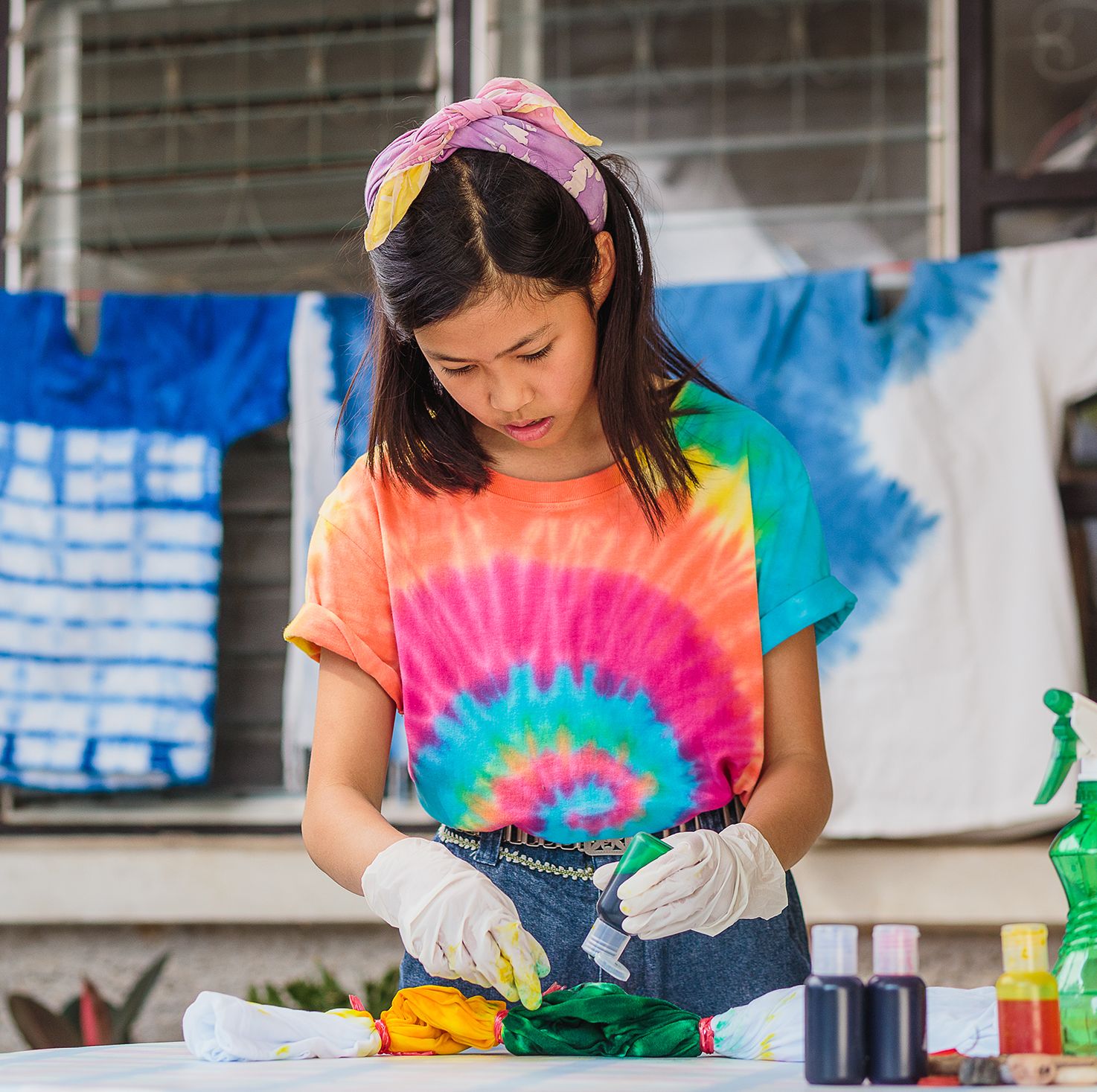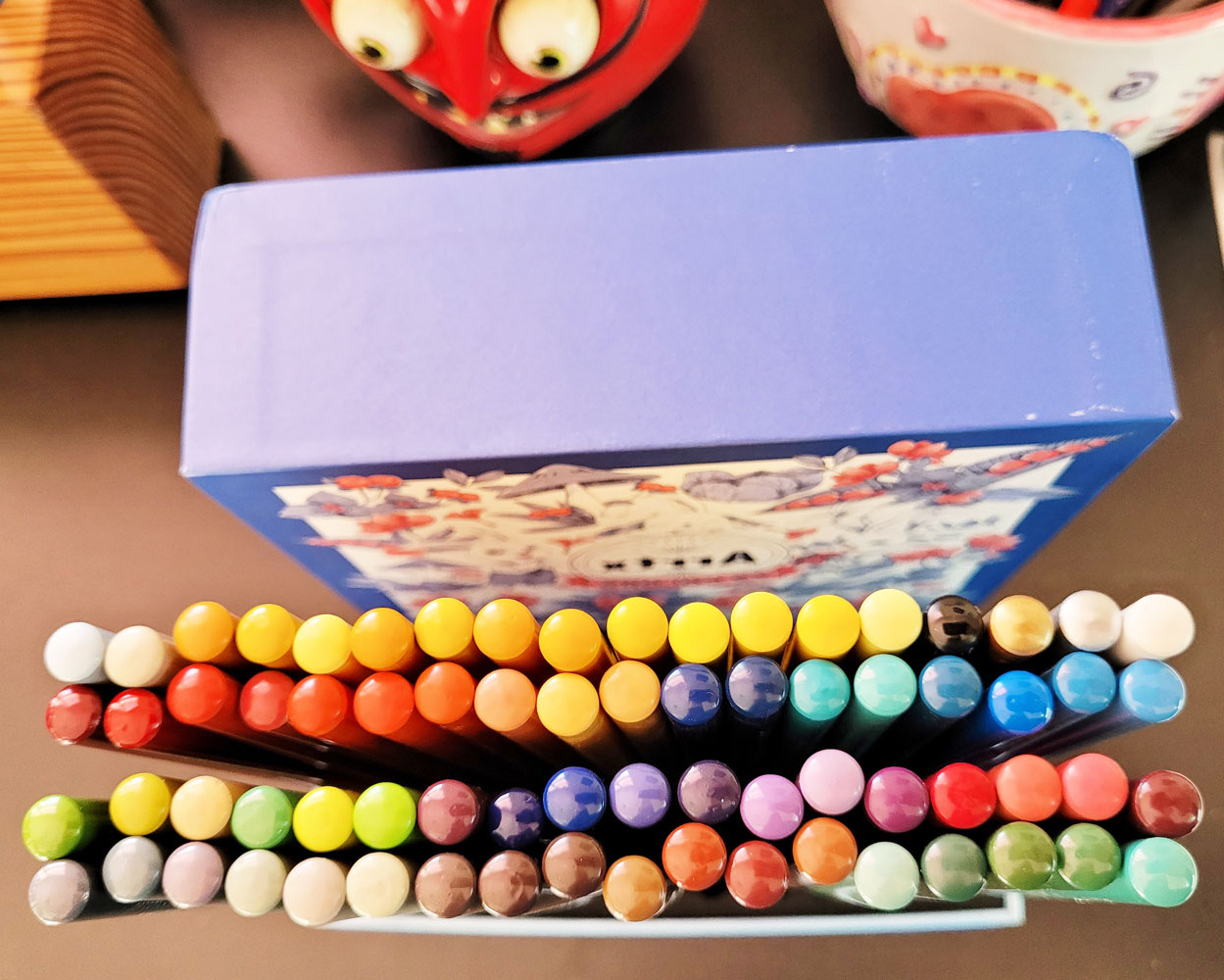
Tie dye is a fascinating and vibrant art form that has captured the attention of people for generations. With its unique, colorful patterns, tie dye has become synonymous with bohemian fashion and hippie culture. From t-shirts and dresses to tapestries and accessories, tie dye has made its mark in the fashion industry and beyond.
In this article, we will explore 10 fun facts about tie dye that you may not know. From its ancient origins to its resurgence in modern fashion trends, tie dye has a rich and diverse history that will surely spark your curiosity. So, grab your colorful attire and get ready to dive into the fascinating world of tie dye!
Key Takeaways:
- Tie dye has been around for centuries and was popularized during the hippie movement. It’s a fun DIY project that represents individuality and creativity.
- There are various tie dye techniques and natural dyes can be used for eco-friendly designs. It has made a comeback in recent years, embraced by fashion designers and celebrities.
Tie dye dates back to ancient times.
The art of tie dyeing can be traced back to ancient cultures such as the Egyptians, Chinese, and Indians. These civilizations used natural dyes from plants and insects to create beautiful patterns on fabrics.
The term “tie dye” originated in the United States in the 1960s.
The term “tie dye” was coined during the counterculture movement of the 1960s in the United States. It became associated with the psychedelic and vibrant clothing worn by the hippies during that era.
Tie dye became popular during the hippie movement.
The tie dye technique gained widespread popularity during the hippie movement of the 1960s and 1970s. It represented peace, love, and individuality, and was embraced as a form of self-expression.
Tie dye can be done using a variety of techniques.
There are several techniques used to create tie dye designs, including spiral, crumple, folding, and scrunching. Each technique creates a different pattern and effect on the fabric.
Natural dyes can be used for tie dye.
While synthetic dyes are commonly used for tie dye today, natural dyes can also be used to create unique and eco-friendly designs. Natural dyes are obtained from plants, fruits, and even some insects.
Indigo dye is commonly used for tie dye.
Indigo dye is a popular choice for creating tie dye designs. It is a natural plant-based dye that produces deep blue hues and is known for its rich colorfastness.
Tie dye can be done on various fabrics.
Tie dye is not limited to just t-shirts. It can be done on a wide range of fabrics, including cotton, silk, rayon, and even denim. Each fabric type absorbs the dye differently, resulting in unique patterns.
Tie dye has made a comeback in recent years.
Tie dye has experienced a resurgence in popularity in recent years. It has been embraced by fashion designers and celebrities, and can be seen in various clothing collections and fashion shows.
Tie dye can be a fun DIY project.
Tie dyeing is a fun and creative activity that can be done at home. There are numerous tutorials and kits available that make it easy for anyone to create their own tie dye designs.
Tie dye is a symbol of individuality and creativity.
Tie dye represents uniqueness and self-expression. Each tie dye design is one-of-a-kind, reflecting the creativity and personality of the person who created it.
Conclusion
Tie dye is more than just a colorful fashion trend; it has a rich history and cultural significance. Whether you’re a tie dye enthusiast or just curious about this unique art form, exploring fun facts about tie dye can deepen your appreciation for its beauty and craftsmanship. From ancient origins to modern techniques, tie dye continues to capture our imagination and inspire creativity.
So next time you see a vibrant tie-dyed garment, remember the intricate process behind it and the fascinating traditions it represents. Embrace the joy and individuality that tie dye brings, and let it brighten up your world!
FAQs
1. What is tie dye?
Tie dye is a technique of creating patterns and designs by tying or folding fabric and then applying dye to it. The fabric is secured with elastic bands or knots, preventing the dye from fully reaching certain areas, resulting in vibrant, eye-catching designs.
2. How did tie dye originate?
Tie dye has a long history, with roots in various ancient cultures such as China, India, and Africa. It became popular in the United States during the 1960s and 1970s as a symbol of counterculture and individual expression.
3. What are common tie dye patterns?
Popular tie dye patterns include the spiral, bullseye, stripes, and crumple. Each pattern is created by different folding and tying techniques, resulting in unique and mesmerizing designs.
4. What types of dyes are used for tie dye?
There are various dyes available for tie dye, including fiber reactive dyes, acid dyes, and natural dyes. Fiber reactive dyes are commonly used as they provide vibrant and long-lasting colors on natural fabrics.
5. Can I tie dye different types of fabric?
Yes, tie dye can be done on a variety of fabrics such as cotton, silk, rayon, and even some synthetic blends. However, it’s important to read the dye instructions and consider the fabric’s suitability for the dyeing process.
6. How do I care for tie-dyed garments?
To ensure your tie-dyed garments last, it’s best to wash them separately or with like colors in cold water. It’s also advisable to avoid bleach and harsh detergents, as they can fade the vibrant colors over time.
7. Can I tie dye without a kit?
Absolutely! While tie-dye kits make the process more convenient, you can create your own tie dye using household items such as rubber bands, squeeze bottles, and fabric dye. There are many DIY tutorials available online to guide you through the process.
8. Are there any traditional tie dye techniques?
Traditional tie dye techniques vary across different cultures. For example, Shibori is a Japanese tie dye technique that involves intricate folding, binding, and compressing of fabric to create stunning patterns.
9. Can tie dye be done on other items besides clothing?
Absolutely! Tie dye can be applied to various items like bedding, accessories, tapestries, and even shoes. The possibilities are endless when it comes to adding a touch of tie dye to different aspects of your life.
10. Is tie dye still popular today?
Yes, tie dye has made a comeback in recent years. It is not only popular in fashion but also in home decor and crafting. The versatility and endless creativity of tie dye make it a timeless and beloved art form.
Was this page helpful?
Our commitment to delivering trustworthy and engaging content is at the heart of what we do. Each fact on our site is contributed by real users like you, bringing a wealth of diverse insights and information. To ensure the highest standards of accuracy and reliability, our dedicated editors meticulously review each submission. This process guarantees that the facts we share are not only fascinating but also credible. Trust in our commitment to quality and authenticity as you explore and learn with us.


